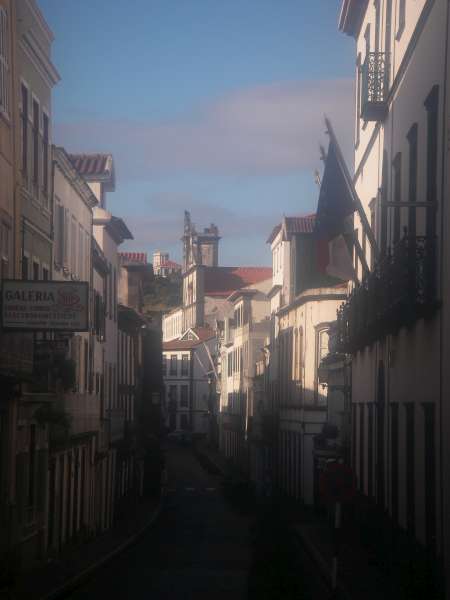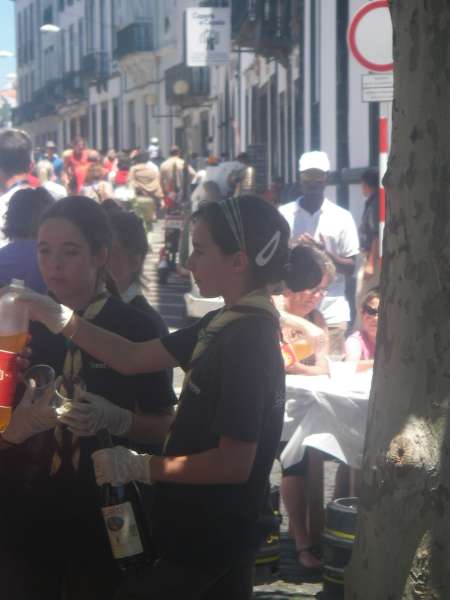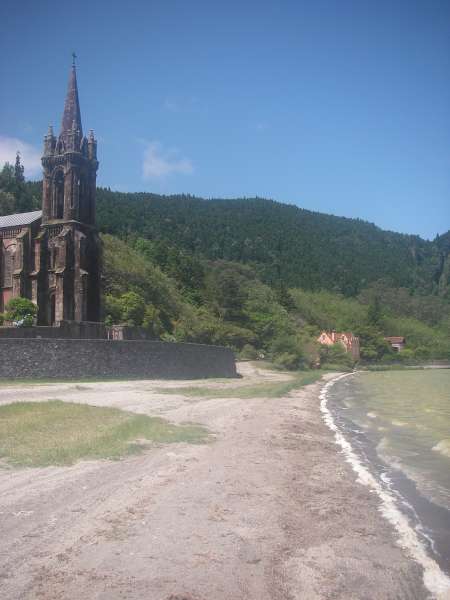5 years ago yesterday night (yesternight?) I sailed between the Wolf Rock and Gwennap Head / Tol Pedn to the accompaniment of fireworks exploding somewhere over Land’s End (yep, I’m claiming they were for me 😉 ).
And 5 years ago today I dropped anchor in Mullion Cove after leaving the Azores on the 3rd of August.
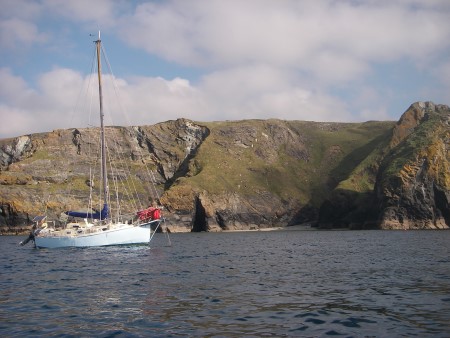
That was the beginning of the end of two years of living on Maid of Mettle, just over a year and over two thousand miles with Chris and Caroline and another 10 months or so and a couple of thousand miles on my own. It seems a while ago now..
So, what don’t I miss?
- handling wet and very cold ropes on the canals, not to mention stamping my feet to keep the circulation going while motoring in a wet and chilly France. This may have had a permanent effect – warmth is definitely one of the things I do miss!

- rough seas, when you know things may well get worse before they get better and there is no escape till they calm down – while they were only a small part of the trip, and on the whole a price well worth paying, they do leave some lasting impressions. I seem to have blanked nearly the entire trip from Madeira to Tenerife from my memory after a few days when I didn’t feel well, despite the fact that looking over some photos and videos there were clearly some nice parts to the journey as well. Some passages you just want to end.
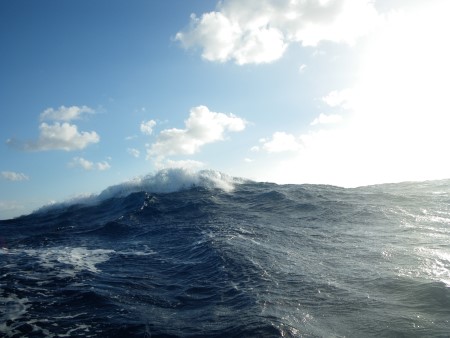
And what were the best things?
- the freedom – the time to properly enjoy cooking, to go walking and get to know places, to meet people, to take up new hobbies such as surfing and playing harmonica, or simply spend at least an hour in the surf to end up with one half-decent picture of a breaking wave – this is special, more so than exotic places.
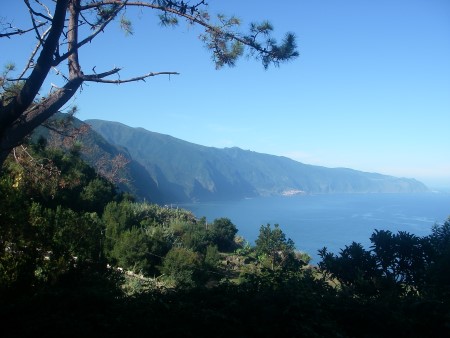
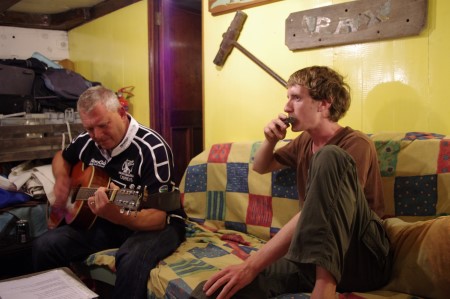
Thanks Jon for that photo
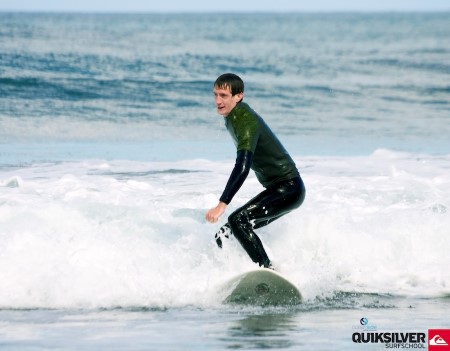
and thanks Quiksilver for that one
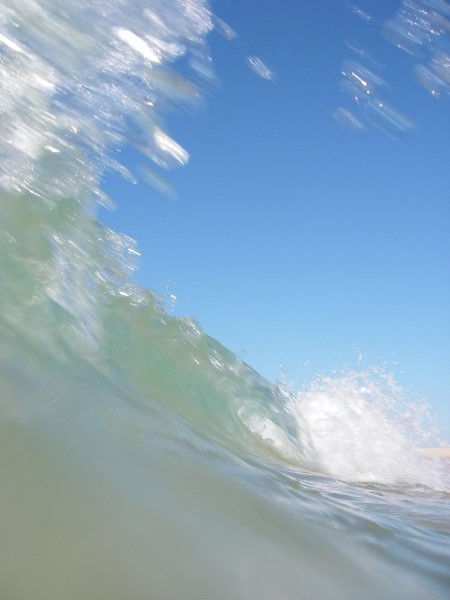
Though that said:
- discovering beautiful places, and experiencing things I never knew existed. I could name something in any region we went, but the following stand out particularly:
- the peaceful waters of the Guadiana,

- the levada canals winding among the peaks, valleys and terraces of Madeira,
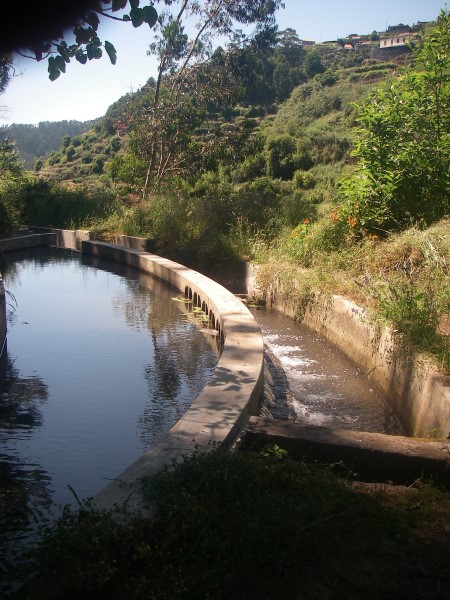
- the hill country of northern Gran Canaria
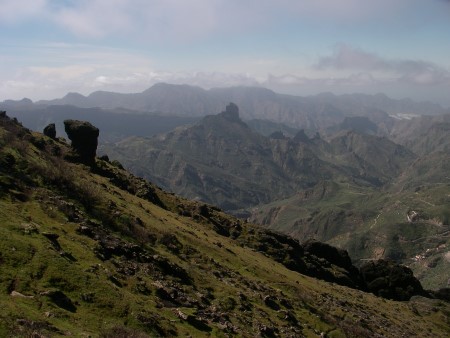
- and the hot springs of the Azores
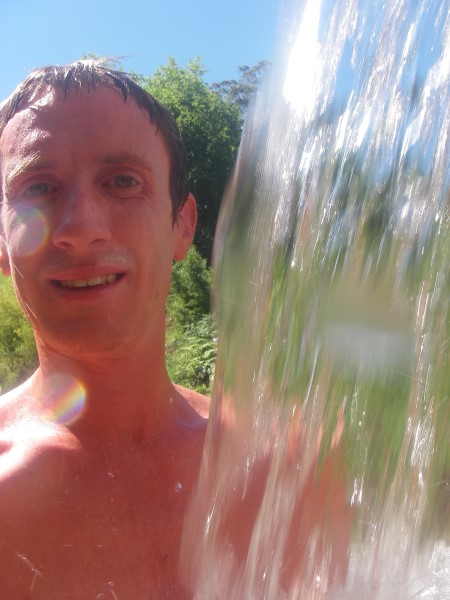
- the people – while getting to spend time with my family and friends in this country again is fantastic, for meeting and getting to know new people it’s much easier while sailing (though the same effect can be true coastal sailing in this country, especially in the west country).
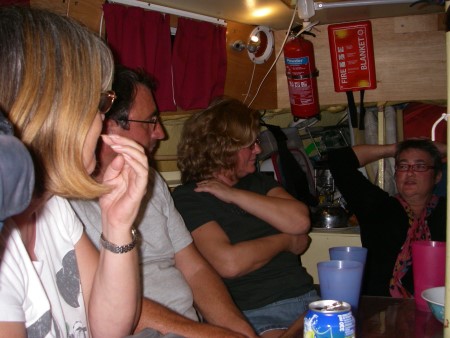
- Also in the first part of the trip having so much (okay – yes, sometimes too much at times!) time with two of my best friends
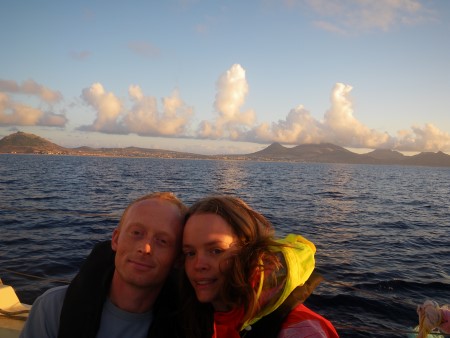
- the sailing on passage – there is a real satisfaction in taking plenty of time and patience to the boat set up to travel as safely, quickly and comfortably as you can, and a peaceful night sail miles from anything is a delight. There are similar pleasures in coastal cruising but it’s a different mindset as you usually have to change things much quicker!
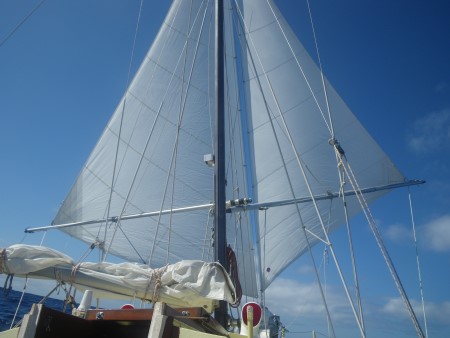
- the accomplishment of offshore passage-making – it’s a rare opportunity, definitely a special feeling, and one that lasts whereas so often in other fields there is always the next deadline lurking.
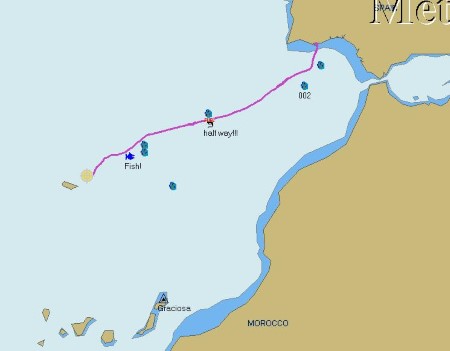
- the stars at sea – an incredible spectacle. You could reach out and touch them, but you could never count them (they’re not easy to photograph from a small boat either)
dolphins – very hard to predict when they’ll turn up, and there is something utterly magical about their presence, bringing an instant and lasting smile(that got crossed off after seeing dolphins several days in a row sailing west down the Cornish coast, culminating in them playing round the boat for ages sailing into Portscatho in the evening sun)
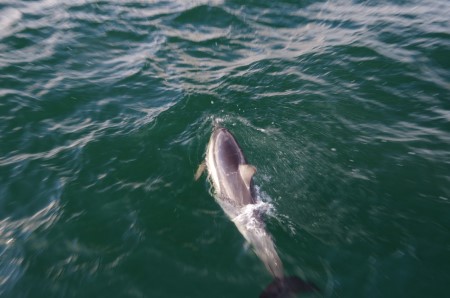
- the food – the Madeira market is the greatest for spectacle, but my favourites are those in Alcoutim (tiny but welcoming, frequently including a massive bunch of coriander as a gift) and Las Palmas (enormous and well worth browsing all round), the challenge of provisioning and cooking on a boat in general and especially on passage, and the many regional delicacies. Except the barbecued dried squid, which I’m not convinced was actually edible
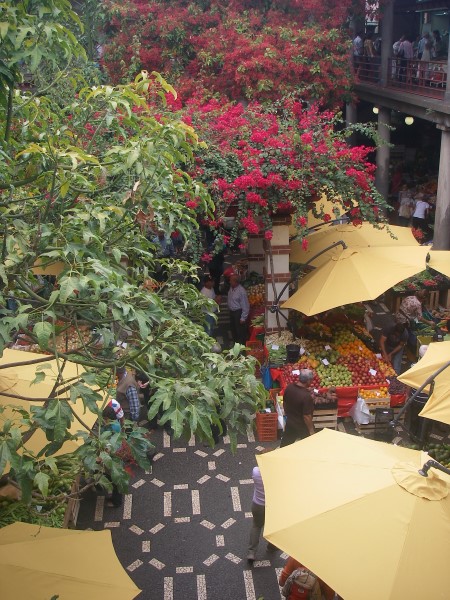
You’ll notice many of those overlap – a symptom, I think, of a fundamentally different lifestyle. Though that said, there are many things I have taken (or try to) from the time away:
- the willingness and confidence to try new things – without some of the experiences while away I’m not sure I’d ever have ended up playing for my football team, or sung at my local folk club (to be fair that’s pretty rare even now)

- friendships with people I/we met while away. While I hear from others further afield, it was a special pleasure to be present when Si and Cat launched Kensa, the fishing boat they’d built since returning from their extensive travels in the Mediterranean
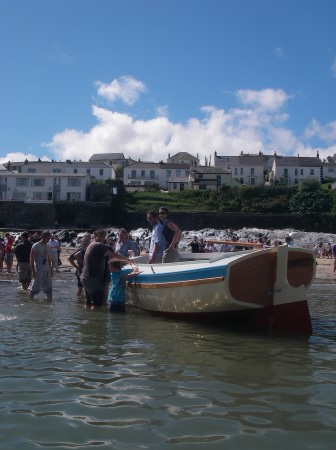
- and more than that, I think I’ve managed to stay in better contact with at least some friends since being away and having that bit more time and impetus to keep in touch via email etc when not meeting face to face (if you’ve read this with some surprise, disappointment and/or offence, please drop me a line and we can start putting things right! 🙂 )
- enjoying a continuing connection to offshore sailing through various friends; the members of the Ocean Cruising Club – I am still amazed and humbled that they awarded me their Rose Medal for 2011, just being part of a club containing so many people who have achieved extraordinary things is an honour; and the general collective of sailors coming and going from and enjoying the south-west
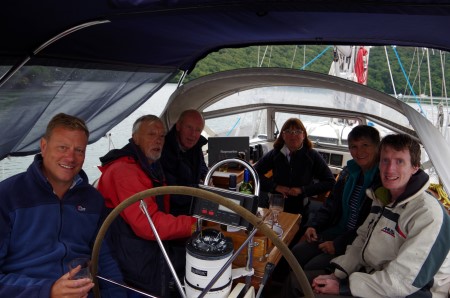
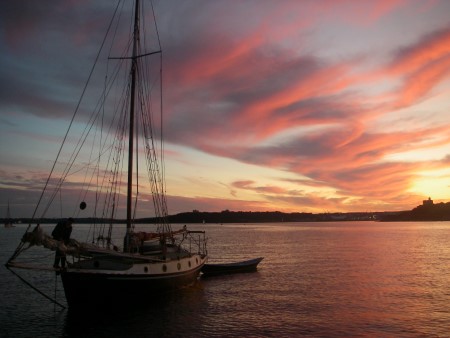
- speaking of which, discovering south Cornwall as a cruising ground – it is a very special area
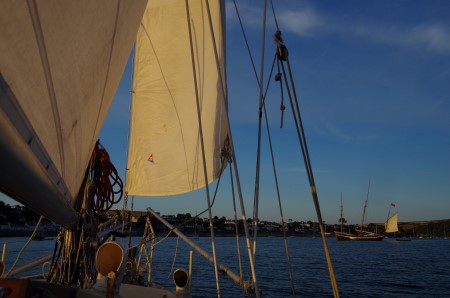
It seems a good time to repeat this sentiment from 2010, for adventures near or far 🙂
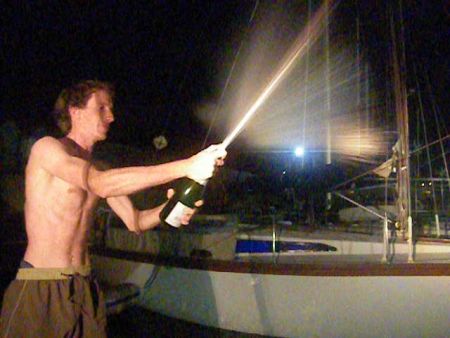
“A toast to onward voyages on land and sea”
(that last picture and inspiration for the style of post come from Caroline’s last entry 400 days to get there 400 minutes to get back)





























